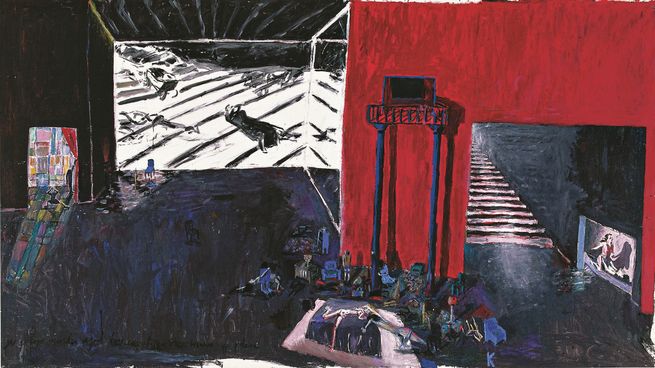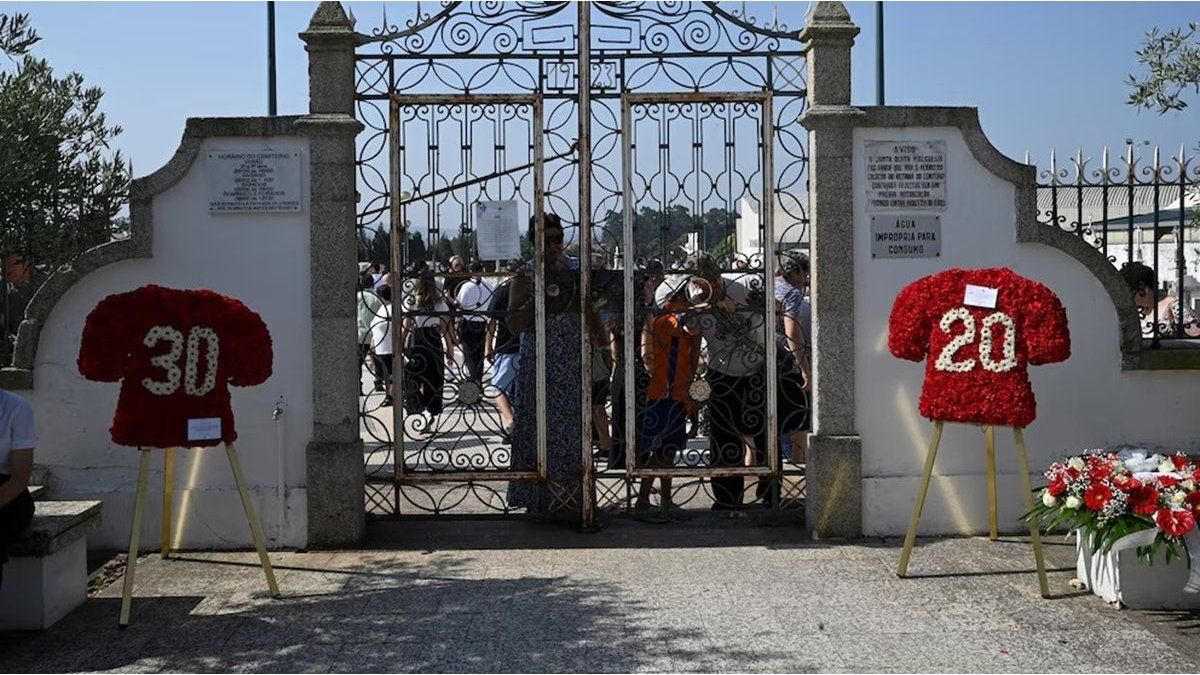After a silence of years, the outstanding artists will open on Thursday 13 in the Malba the exhibition “Kuitca 86”. His work was always linked to cinema, literature, music and, above all, to theater.
The sample that opened 22 years ago Guillermo Kuitca (1961) In the Malba he summoned 15,000 visitors during the first week of exhibition. On Thursday 13, the Malba will present “Kuitca 86”. The sample begins with the series “No one forgets anything “The Camita that is a world in addition to the most recognizable image of the artist’s repertoire. From there, the accent will be put in the spectacular connotation – in the most genuine sense of the term – through its recurring paintings of the theaters. The art of Kuitca It is linked to cinema, literature, music and, above all, the theater. His painting is scenic art and stage art as well. With the sample “Last seven songs” Of 1986, he won a first place in the global scene.
The content you want to access is exclusive to subscribers.
Exactly 30 years ago, in 1995, when he was already a star, he spoke with the magazine “Culture” About his career, his life and happiness that he procured during his youth integrate the world of Buenos Aires art. And he said: “Very timidly I started to frequent the galleries. As my parents sent me to the Christian Association of Young Gymnastics, which I hated, I was going to tour the Galleries of Florida Street and the Eastern Gallery. He was thirteen years old. At that age I saw for the first time a sample of Romulo Macció and I was greatly impressed. He exposed simultaneously in a gallery called Chagall and in Víctor Najmías. Until then I had not had an important and revealing encounter with Argentine art. “


“One believes that the art world is inaccessible and then realizes that it is such a small and so vulnerable world … I had very dear friends. I will never forget my friendship with Diana Aizenberg, Martín Reyna, Prior, Pablo Suárez, Marcia Schvartz, Wells … later, Josefina Robirosa, was one of the best arranged people towards the new group that had formed in 1982. el medio, aquí y allá, nunca dejé de sentir que me recibían con la mejor predisposición. Fueron años buenísimos, del mayor esplendor. El Buenos Aires que descubrí en ese entonces era fascinante, a pesar de que fueron años muy revueltos: la guerra de las Malvinas, el fin de la dictadura. Los agujeros negros de su propio lugar uno los comienza a sentir con el correr del tiempo. Sin embargo, en ese momento parecía un mundo perfecto. Era perfecto. Jorge Glusberg siempre I organized samples and Cayc emerged in the 80s the famous groups he did. Kuitca points out that, as always, I was ten years old than the group artists.
During those relaxed encounters, the episode with the National Museum of Fine Arts occupied an important place (a case to analyze, with curious derivations). Kuitca He spoke freely about his relationship with the world of art, about his childhood, precocity and everything that came with success: the crazy years, trips and the relationship with money. Among these issues, the genesis of scholarships and their educational purposes, the genuine interest in the formation of Argentine artists is.
Today, their audience, artists and connoisseurs in particular, expect the exhibition with true illusion, want to see art, meet the anxiety and beauty of the work, conceptualism, poetry and the qualities that he describes himself. “I like painting, the poor of painting, the restricted and difficulty.”
Otherwise, Kuitca He expressed his ideas 30 years ago and established differences between art by art or art with content. “My work was asked with very, very elementary questions. Who am I? What I do? Where do I go? These are questions that have a very large existential tufo, but that are very current to me. ” He then pointed out the supremacy of the “huge group that wants to reintegrate into what would be the socio -political discourse of art. That is, re -recovering visual arts as a place of questioning and criticism of everything that are political, racial, sexual identities. ” Yesterday’s expressions portray today’s world.
Finally, the dialogue seemed to come to an end with a sharp statement: “I like emotion in art, I want my works to cause emotion. Everything else seems little to me. ” By the way, the issues of that time, desolation, the frustrated search for the happiness and vulnerability of man, raised emotion. “I do not deny that at this point I am aware of that kind of poetry of pain that follows me since I was a child,” about this circumstance he observed that he had no dramatic experiences that justify him. But he said he feels the drive of taking charge of human pain. “I think that when I began to paint the maps and plants of the departments I intended to abandon that literal pain. With the greatest naivety I began to work with that supposedly cold material, but it happened that automatically became a much more dramatic product. When leaving the anecdote, the pain is more exposed. ”
The conversation culminated with an unexpected gift: something like a class to understand the meaning of his work. “My real job is to manipulate elements. It happens that to perform a work of art one has too many tools, and I think I have sometimes found the precise tool, the “that” cloves needs. On the other hand, manipulating also means finding the measure, the exact point for the viewer not to saturate. That is why there are paintings that stick. ” And he gave as an example a randomly chosen image that strengthened and facilitated understanding: a rouge trail in a glass. Kuitca is extremely skilled to leave traces that mobilize perception. “You have to work hard to find the magic of one with the magic of others,” he concluded.
Source: Ambito
I am an author and journalist who has worked in the entertainment industry for over a decade. I currently work as a news editor at a major news website, and my focus is on covering the latest trends in entertainment. I also write occasional pieces for other outlets, and have authored two books about the entertainment industry.




